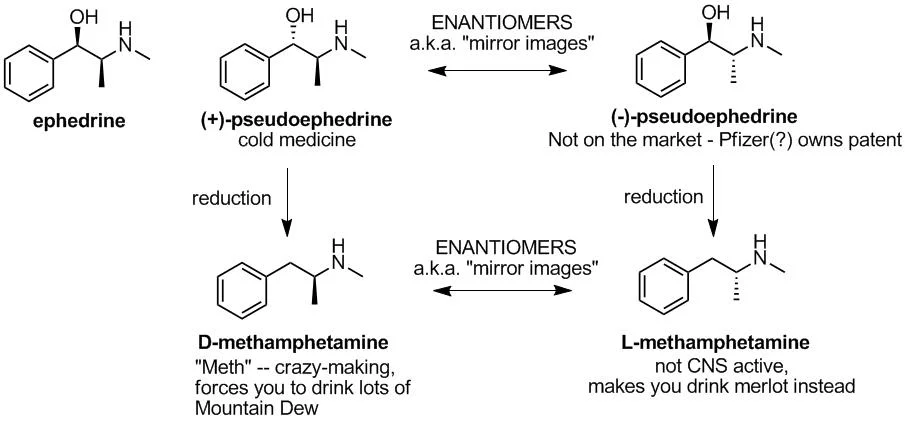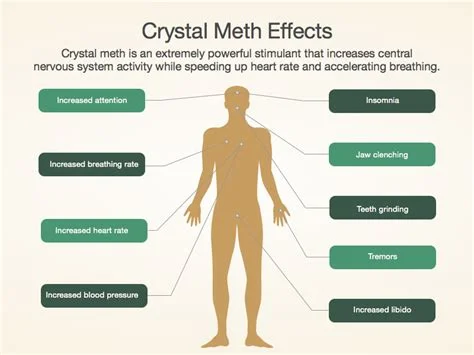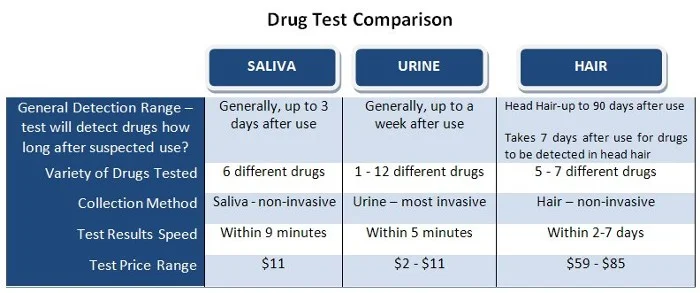Crystal methamphetamine, commonly known as crystal meth, is a powerful and highly addictive stimulant that affects the central nervous system. It is commonly abused for its euphoric effects but poses significant health risks, including addiction, cardiovascular issues, and cognitive impairment.

Understanding how long crystal meth stays in the bloodstream is essential for various reasons, including drug testing, medical considerations, and legal implications. Employers, law enforcement agencies, and healthcare professionals often rely on blood tests to detect methamphetamine use. This article explores the detection time of crystal meth in the bloodstream, the factors influencing its duration, and comparisons with other drug testing methods.
Factors Affecting How Long Meth Stays in the Blood

The duration for which crystal meth remains in the bloodstream varies based on multiple factors:
Metabolism and Methamphetamine Clearance
Metabolic rate plays a key role in how quickly methamphetamine is processed and eliminated from the body. A faster metabolism leads to quicker drug clearance, while a slower metabolism prolongs its presence.

Factors Affecting Metabolic Rate:
- Age: Younger individuals metabolize drugs faster.
- Genetics: Some people naturally have a higher metabolism.
- Body Composition: More muscle mass speeds up metabolism.
- Liver & Kidney Function: Healthy organs ensure efficient breakdown and excretion.
Elimination Timeline:
- Urine: 3–5 days
- Blood: 1–3 days
- Saliva: 1–4 days
- Hair: Up to 90 days
Dosage and Frequency of Use
The amount and frequency of methamphetamine use significantly impact how long it stays in the body.
- Higher doses take longer to metabolize, prolonging detection times.
- Frequent or chronic use leads to drug buildup in fatty tissues and organs, slowing elimination.
Detection Windows:
- Occasional use: Cleared in a few days.
- Chronic use: Can remain detectable for extended periods, especially in hair and urine.
Key takeaway: The more and the longer you use, the longer it lingers in your system.
Individual Health Conditions

The liver and kidneys play a crucial role in breaking down and eliminating methamphetamine.
- Liver health: Since meth is metabolized in the liver, any impairment (e.g., liver disease) slows the process.
- Kidney function: The kidneys filter meth and its byproducts; poor kidney function can lead to prolonged retention.
Key takeaway: Individuals with liver or kidney issues may experience longer detection times compared to those with healthy organ function.
Hydration and pH Levels
- Hydration: Drinking enough water supports kidney function, helping flush methamphetamine out through urine.
- Urine pH: Acidic urine speeds up elimination, while alkaline urine slows it down, prolonging detection times.
Key takeaway: Staying hydrated and maintaining a balanced pH can influence how quickly meth is cleared from the body.
Method of Use
The way methamphetamine is taken affects how quickly it enters the bloodstream and how long it stays in the body:
- Smoking & Injecting: Rapid absorption, fast peak effects, but shorter detection time.
- Snorting & Oral Ingestion: Slower absorption, delayed peak effects, but longer detection time.
Key takeaway: Faster absorption methods lead to intense but shorter-lasting effects, while slower methods prolong detection.
Detection Window for Crystal Meth in Blood Tests
Blood tests are a reliable method for detecting recent methamphetamine use but have a relatively short detection window compared to urine or hair tests. Methamphetamine is processed and eliminated by the body at different rates depending on various factors, which influence how long it remains detectable in the bloodstream.

General Blood Test Detection Time
- Typically detectable for 1 to 3 days after use.
- Peak concentration occurs within 2–4 hours of ingestion, smoking, snorting, or injection.
- Heavy or chronic users may test positive for up to 4 days due to drug accumulation in the body.
Scientific Studies and Expert Opinions
Research indicates that methamphetamine has an average half-life of 10–12 hours, meaning that half of the drug is metabolized and eliminated within this time. However, full clearance requires multiple half-life cycles, contributing to variations in detection times.
Factors affecting detection time include:
- Metabolic rate: Individuals with a faster metabolism process meth more quickly.
- Dosage and frequency of use: Higher doses and frequent use lead to longer retention.
- Liver and kidney function: Impaired organs slow drug metabolism and excretion.
- Hydration and pH levels: Acidic urine enhances elimination, while alkaline urine slows it down.
Comparison to Other Testing Methods
- Urine tests: Detect methamphetamine for 3–5 days after use.
- Saliva tests: Detect meth for 1–4 days after use.
- Hair tests: Can detect meth for up to 90 days, making it the longest-lasting method.
Comparison with Other Drug Detection Methods

Blood tests are just one method of detecting methamphetamine use. Other common tests include urine, saliva, and hair follicle tests, each with different detection windows and advantages.
Urine Tests:
- Detection time: Up to 3–5 days
- Advantages: Most widely used due to its non-invasive nature and longer detection window compared to blood tests.
Saliva Tests:
- Detection time: 1–2 days
- Advantages: Useful for detecting recent drug use, but less common due to a shorter detection window.
Hair Follicle Tests:
- Detection time: Up to 90 days
- Advantages: Provides a long-term record of drug use but cannot detect very recent consumption.
Each method has its own strengths, with urine tests being the most commonly used, saliva tests for immediate detection, and hair tests for long-term monitoring.
Risks of Methamphetamine Use

Crystal meth use poses serious health risks, affecting both short-term and long-term well-being.
1. Short-Term Effects:
- Increased heart rate and blood pressure, leading to a higher risk of heart problems.
- Hyperactivity and euphoria, causing erratic behavior and impaired judgment.
- Insomnia and loss of appetite, which can result in rapid weight loss and exhaustion.
2. Long-Term Effects:
- Addiction and psychological dependence, making it difficult to quit.
- Cognitive decline and memory impairment, leading to long-term brain damage.
- Cardiovascular complications and risk of stroke, increasing the chance of life-threatening conditions.
- Severe dental issues (“meth mouth”), characterized by tooth decay, gum disease, and tooth loss.
Chronic methamphetamine use can have devastating physical and mental health consequences, making early intervention critical.
Safe Detoxification and Recovery Options
Methamphetamine addiction requires professional intervention, as withdrawal can be challenging and relapse risks are high. Detox should be conducted under medical supervision to ensure safety and effectiveness.
Medically Supervised Detox:
- Manages withdrawal symptoms like fatigue, depression, and intense cravings.
- Provides access to medications that ease withdrawal discomfort and stabilize mood.
Behavioral Therapy and Rehabilitation Programs:
- Cognitive Behavioral Therapy (CBT): Helps individuals develop coping strategies and change harmful behaviors.
- 12-Step Programs: Provides peer support and structured guidance for long-term recovery.
- Inpatient & Outpatient Rehab: Tailored treatment options based on addiction severity and personal needs.
Trusted Resources for Help:
- Substance Abuse and Mental Health Services Administration (SAMHSA)National Institute on Drug Abuse (NIDA)
- Centers for Disease Control and Prevention (CDC)
Seeking professional treatment significantly increases the chances of successful recovery and long-term sobriety.
Frequently Asked Questions (FAQs)
1. How long does meth stay in the body?
Methamphetamine is typically detectable for:
- Blood: 1–3 days
- Urine: 3–5 days
- Saliva: 1–2 days
- Hair: Up to 90 days
Detection time varies based on metabolism, dosage, and frequency of use.
2. What factors affect how long meth stays in your system?
Key factors include:
- Metabolic rate: Faster metabolism clears meth more quickly.
- Dosage & frequency: Higher and frequent use prolongs detection.
- Liver & kidney function: Impaired organs slow elimination.
- Hydration & pH levels: Acidic urine speeds up excretion.
3. Can you speed up meth elimination from the body?
While the body naturally metabolizes meth at its own rate, staying hydrated, engaging in physical activity, and maintaining healthy liver and kidney function may support faster clearance.
4. What are the withdrawal symptoms of methamphetamine?
Common withdrawal symptoms include:
- Fatigue and excessive sleepiness
- Depression and mood swings
- Intense cravings
- Anxiety and irritability
5. What are the best treatment options for meth addiction?
- Medically supervised detox to manage withdrawal safely.
- Behavioral therapies like Cognitive Behavioral Therapy (CBT).
- Rehabilitation programs (inpatient or outpatient).
- Support groups such as 12-Step programs for long-term recovery.
Crystal Meth Stay in Your Bloodstream

Crystal meth remains detectable in the bloodstream for approximately 1–3 days, but the exact duration depends on individual factors such as metabolism, dosage, and frequency of use. While blood tests provide an accurate measure of recent drug use, other methods like urine, saliva, and hair tests offer varying detection windows.
Methamphetamine use poses serious health risks, and addiction can have long-term consequences. Seeking professional help is crucial for individuals struggling with meth dependency. Reputable resources like SAMHSA, NIDA, and CDC provide valuable information and support for those looking to recover from substance use disorders.
If you or someone you know is struggling with methamphetamine addiction, do not hesitate to seek professional guidance. Recovery is possible with the right support and treatment.
Read more: Can You Become Addicted to Muscle Relaxers?
Crystal Meth Stay in Your Bloodstream




